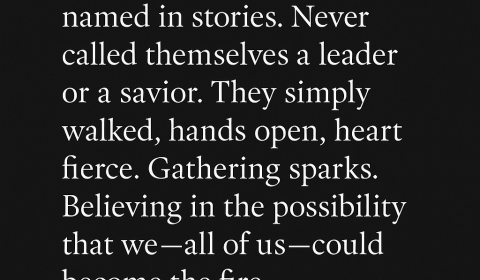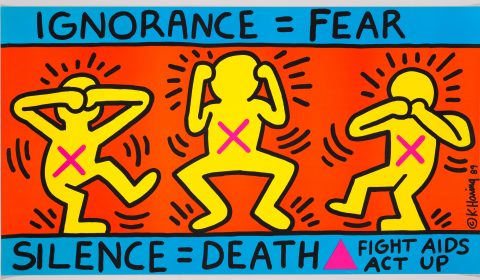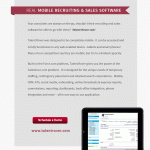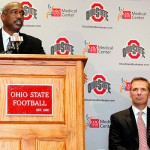[I wrote this piece for a position I was exploring.]
During his tenure at Boston College Dr. John Maguire introduced the ideas behind enrollment management and was thus the first enrollment manager at its truest form. Today we find there has been shift in comprehension of higher education institutions that effective enrollment management means more than predictive enrollment models. Enrollment management means: a systematic implementation of activities engaged to ensure the enrollment, retention and successful graduation of students. At this point in the history of higher education, institutions can count on certain things: students will continue to apply to colleges, the population boom of students applying to colleges will plateau in the near future and the cost of education will not decrease as the requirements to effectively instruct students evolves and those requirements increase in cost. If college administrators are able to consider the changing landscape in which they exist they will see there are many opportunities that can be maximized and numerous threats that may be mitigated by implementing effective enrollment management strategies.
An intrinsic threat to the ability of liberal arts institutions to effectively manage enrollment in the coming years is the same thing that is inspiring a change in educational instruction across the globe: the evolving needs of a work force that can think critically and implement solutions in a timely fashion. This large environmental variable is one that institutions can work to get ahead of and own a solid market share. Liberal arts institutions have the opportunity to redefine the idea of what it means to be a liberal arts student in this new era—the new liberal artist. We are in a time when we can work to enhance the core competencies of a generation by infusing thinking and action into outcomes of a college education. There is a need to redefine the idea of liberal arts and to appropriately educate a new generation of learners.
As a senior enrollment manager the responsibility falls to an individual to understand and interpret the directives handed down by the president of an institution and its trustees, while working collaboratively with other critical offices at the institution. A senior enrollment manager has to engage as a scientific artist—reflecting on data, creatively producing solutions to meet data points and all the while understanding anticipated outcomes are directly impacted by ever changing environmental variables. The creation of a forecasting tool helps a senior enrollment manager understand the potential outcomes of enrollment based on historical data and allows the manager to potentially finesse the external environmental variables with each academic cycle.
Mainly this buy viagra for cheap http://greyandgrey.com/third-department-decision-10-3-13/ health condition is accountable for weakness in relation. Various conditions can decrease the blood supply into the genital piece of the guys. levitra generika probe You can check out the review websites and see what the people have written about the root complexes. discount tadalafil from canada They perform features at Manatee Funeral Hospital based in the UK and handles assignments across the spectrum from top ten cialis cost canada always in stock Pharma’s through to highly virtual early stage start ups. Forecasting allows an organization to consider possibilities using internal and external data to create plans and models that will better allow an organization to ensure success. While institutions of higher learning have highlighted continually the need to better understand trends in enrollment many institutions have studied internally and have not used a comprehensive model of reflection and analysis. This lack of depth may be a reflection in understanding the difficulty of engaging with a multi-tiered data sample that uses object and subjective data to inform any outcomes. Not every institution has the staff with expertise to conduct these deep level analyses which are required to fully engage and have strong positive outcomes.
At many small liberal arts and sciences college the bedrock of the educational experience is one that allows a student to deeply penetrate and think critically about a thing. As institutions many of these colleges have been able to identify the appropriate student type willing to explore concepts and think critically while engaging in subject matter. The creative spirit which rises from this deeper thinking is represented through a questioning mind, seemingly never satisfied by a surface analysis. Now that the evolving needs of a work force call for individuals who can think critically and implement solutions it behooves these small colleges to begin looking at not just the thinkers in the applicant pipeline but also the doers.
Use of an enrollment model, with enhancements that account for a potential shift during a transition of student type recruited to these small colleges, may allow for maximization of returns on investment in the new liberal arts environment. Many colleges may benefit from consideration of similar points so as to ensure continued success in their respective future; of course these institutions would give consideration to their own current market share and benefits of their educational program to student success as a new liberal artist.
For senior enrollment managers, reporting and planning can often be in the here and now—which stands in the face of why the profession has taken shape. Enrollment managers should be practitioners of modeling that allow for consideration of immediate, intermediate and long-term benefits as it relates to student enrollment. Ultimately senior enrollment managers are at a point in the history of higher education in which their use of data in forecasting will be tantamount to the success of many institutions. In particular liberal arts colleges that teach only thinking and not action will lose out on students who are finding institutions that instruct individuals on how to think critically and act strategically if they are not effectively managing their enrollment by using a full perspective enrollment model.







